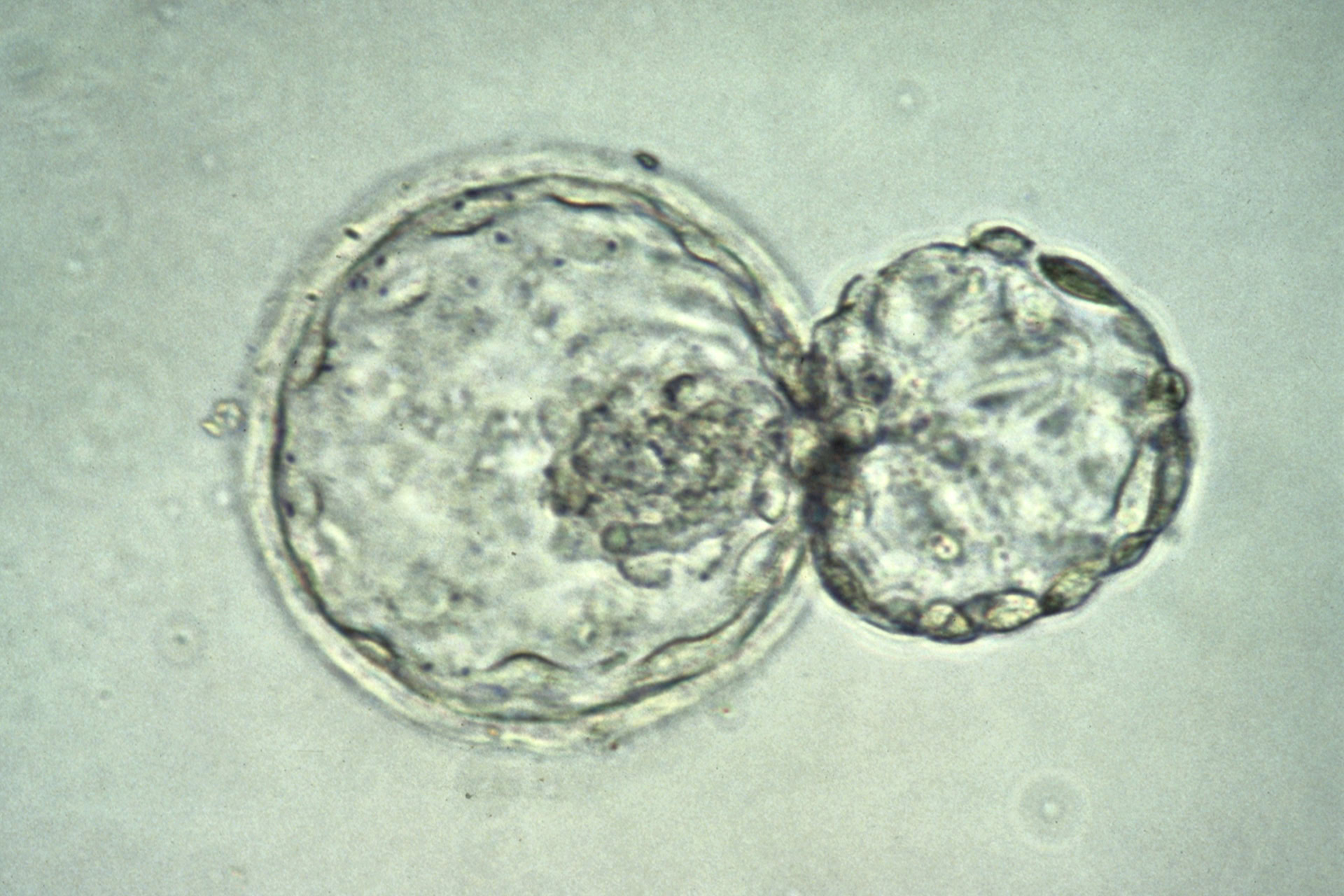Scientists at Edinburgh University have grown kidney structures in the laboratory in a step they hope will lead to organs being grown for transplant patients from their own stem cells.
The researchers were able to reconstruct the complex structures that form a functional kidney by combining human stem cells (hSCs) extracted from amniotic fluid with mouse fetal kidney cells. They previously used a similar technique to grow nephrons, the structures in the kidney responsible for filtering products from the blood.
Using an improved method they were able to make nephrons that arranged themselves around a collecting duct, as in a normal kidney, where urine is then emptied into the bladder.
The team eventually hope to use a similar approach to create a complex functional organ. 'The idea is to start with human stem cells and end up with a functioning organ. We have made pretty good progress with that. We can make something that has the complexity of a normal, fetal kidney', said Professor Jamie Davies, whose team carried out the research.
The ability to grow kidneys from hSCs could help combat the shortage of donor kidneys. Statistics from the NHS show that in the last year around 2,500 people in the UK received a kidney transplant, compared with 7,000 on the waiting list. Growing an organ from an individual's own cells could also prevent the risk of rejection that arises when the body's immune system tries to fight a transplanted organ.
'We already know that stem cells that come from amniotic fluid are quite good at making kidneys', Davies said. 'At the moment we throw amniotic fluid away when babies are born. But if we kept it and froze down the stem cells of everybody born in the UK, there would be cells that could build kidneys waiting for them, frozen, in case they ever needed them'.
The research was published in the journal Organogenesis and Professor Davies will be talking about the work at the Edinburgh Science Festival next month.





Leave a Reply
You must be logged in to post a comment.